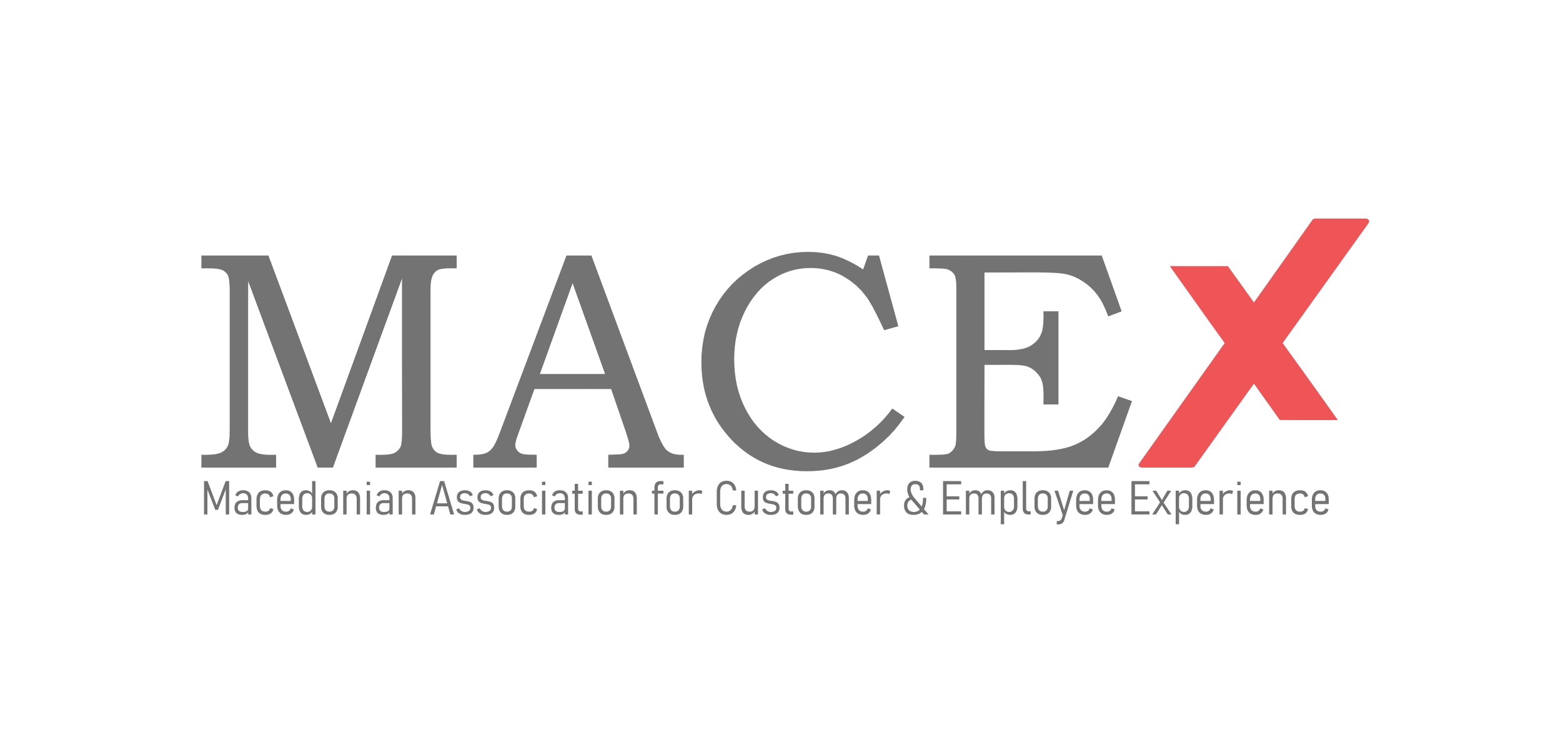EX Metrics and Definitions
84% of HR leaders now view EX as a critical priority for their organization!
Companies with a highly engaged workforce are 21% more profitable than those with low engagement levels!
Companies with a highly engaged workforce are 50% more likely to outperform their peers in terms of revenue growth!
- Employee Net Promoter Score (eNPS): eNPS is a metric that measures employee loyalty by asking employees how likely they are to recommend their employer to others. Companies calculate eNPS by subtracting the percentage of detractors (employees who are unlikely to recommend their employer) from the percentage of promoters (employees who are highly likely to recommend their employer).
- Employee Satisfaction Index (ESI): ESI is a metric that measures how satisfied employees are with various aspects of their job, including compensation, benefits, work environment, and company culture. Companies typically ask employees to rate their satisfaction on a scale of 1 to 5 or 1 to 10.
- Employee Engagement Score (EES): EES is a metric that measures the level of engagement and commitment that employees have to their job and employer. Companies typically ask employees to rate their engagement on a scale of 1 to 5 or 1 to 7.
- Employee Retention Rate: Employee retention rate measures the percentage of employees who remain with a company over a specific period of time. A high retention rate can be an indication of strong EX, while a low retention rate can be a sign of poor EX.
- Employee Productivity: Employee productivity measures the output of employees in terms of the quantity and quality of work they produce. Companies can use employee productivity as a proxy for the effectiveness of their EX initiatives.
